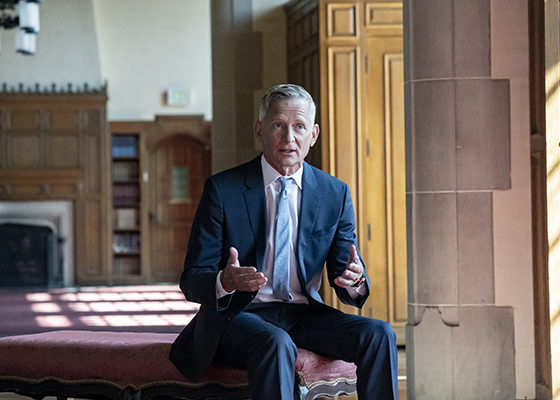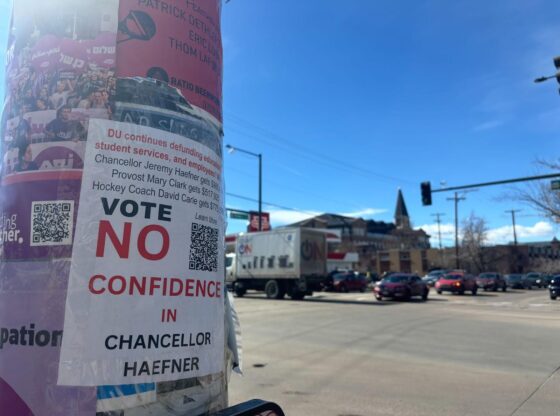The following is a Letter to the Editor for the Opinions section.
During the spring quarter of my junior year, I was going through my degree audit to see what requirements I had left in order to satisfy all of the University of Denver’s criteria to graduate. I became frustrated as I realized the required courses I had to take were outside the sphere of my electrical engineering major. I decided to view this as an opportunity to take a course in a topic I found interesting, but never had the time to explore outside of my studies.
I was always interested in the concept of how certain sounds could hold so much power in our society and how moving air in a certain way could create such an impact on another person. This curiosity is what drew me towards the senior seminar course titled “bad words” taught by professor Geoffrey Stacks.
I figured this course could shine some light onto the meaning and power behind words and phrases that are being constantly thrown around in pop culture. I was fascinated at how certain words are taboo and cannot even be named, as there are societal consequences. The course delivered what I was expecting, but in an unexpected way.
For the first half of the course we use Melissa Mohr’s book “Holy Shit” to begin forming our understanding of what “bad words” actually are. There are multiple types of bad words, like an obscenity, a swear and a word that is vulgar. Mohr splits words that carry this special power into two categories: the “Holy” and the “Shit.”
The bad words are related either to some higher being or something the body does. This is related to the central idea that we swear about things we care about. By analyzing the worst words in society we can get a snapshot of what is important to those people and in that time period. These words are an essential part of any language and although the words that serve this role change over time the role they play stay consistent.
Today, when you think of the worst words I am sure it has to do with either race or sexuality, both of which are epithets. In a society where people have been persecuted based on these traits it makes perfect sense that words relating to these categories hold the most power.
When studying the worst words of the middle ages they all seem to do with the “Holy.” This reflects the importance of God and the church during this time period and how swearing in the sense of oaths was viewed as making a promise to God. With the potential consequences that breaking an oath to God carried, it made these words extremely powerful, to say “damn you” was believed to be truly banishing someone to hell.
Words relating to sexuality did not carry the same power with limited privacy. During this time period, sex and defficating was something you observed constantly. This made it difficult for words pertaining to the “shit” to hold much more power.
This is in clear contrast to today’s society where words pertaining to the “holy” carry little weight in most circles while words relating to sex and sexuality are some of the most powerful. I believe this is important to understand and serves as an important identifier in studying what is important to society.
One of the more interesting things I learned from Mohr’s book was how linguists decide how bad a word is in a society. Since there is no dictionary ranking which words you can and cannot say in certain settings, researchers will use the types of literature where a word does or does not appear as a way to understand how inappropriate a word was. For example, if a word is only found in graffiti it is safe to assume that it is among the worst of words, while words that appear in plays but not formal writing may be vulgar but not obscene.
I have been satisfied with this course and its explanation as to not only why some words are worse than others, but why bad words exist in the first place. It is important to realize the positive progress that has already been made when a word transitions to being considered a bad word.
In a society where words relating to sexuality and race are the worst things someone can say it is a testament to how far we have come in caring about making sure these traits are not viewed negatively. I believe it is important that other students take this class and learn about the “holy” and the “shit.”











